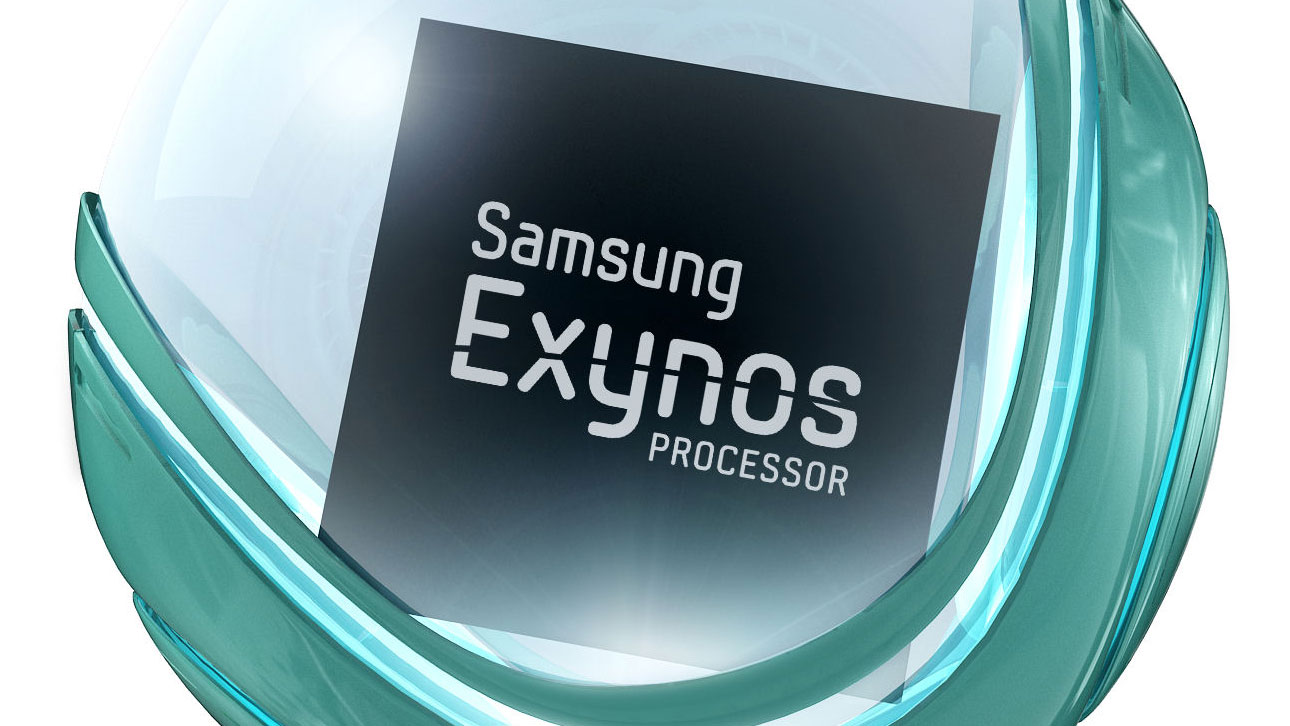Samsung octo-core Exynos 5 chip unveiled: powering the Galaxy S4?
Quad core plus four

No, we didn't get the Galaxy S4, but Samsung had plenty of mobile news to share during its Wednesday keynote at CES.
Samsung President Stephen Woo introduced its next offering in mobile processors, the Exynos 5 Octa.
This is Samsung's (and apparently the world's) first mobile application processor to implement the ARM big.LITTLE processing technology based on Cortex A15 CPUs.
Made of eight cores in all - four hefty A15s and four Cortex A7s for lighter work - the company claimed the chip is 70 percent more efficient compared to the previous quad-core Exynos. Though it saves on power, it's actually more than capable of taking on demanding tasks like game play and high maintenance applications, Woo claimed.
Phone times ahead
Chips were a surprising undercurrent of the Vegas show, with Intel, Qualcomm, AMD and Nvidia using the focus of the week to introduce new chips.
Samsung's offering builds on the Exynos 5 Dual, a GPU built on the A15s, that's already packed in devices Google's Nexus 10.
The company used its time on stage to tout not just the new processor but its flexible screen tech, which it's dubbed Youm.
Sign up for breaking news, reviews, opinion, top tech deals, and more.
In two different demos, the Sammy team showed how content could run along the edges of a bent over screen, while a member of the Microsoft crew later joined to show off a Windows Phone prototype phone that bowed and bended.
Could we see a combo Youm display phone with the Exynos 5 Octa powering its insides sometime down the road? One can only hope.

Michelle was previously a news editor at TechRadar, leading consumer tech news and reviews. Michelle is now a Content Strategist at Facebook. A versatile, highly effective content writer and skilled editor with a keen eye for detail, Michelle is a collaborative problem solver and covered everything from smartwatches and microprocessors to VR and self-driving cars.